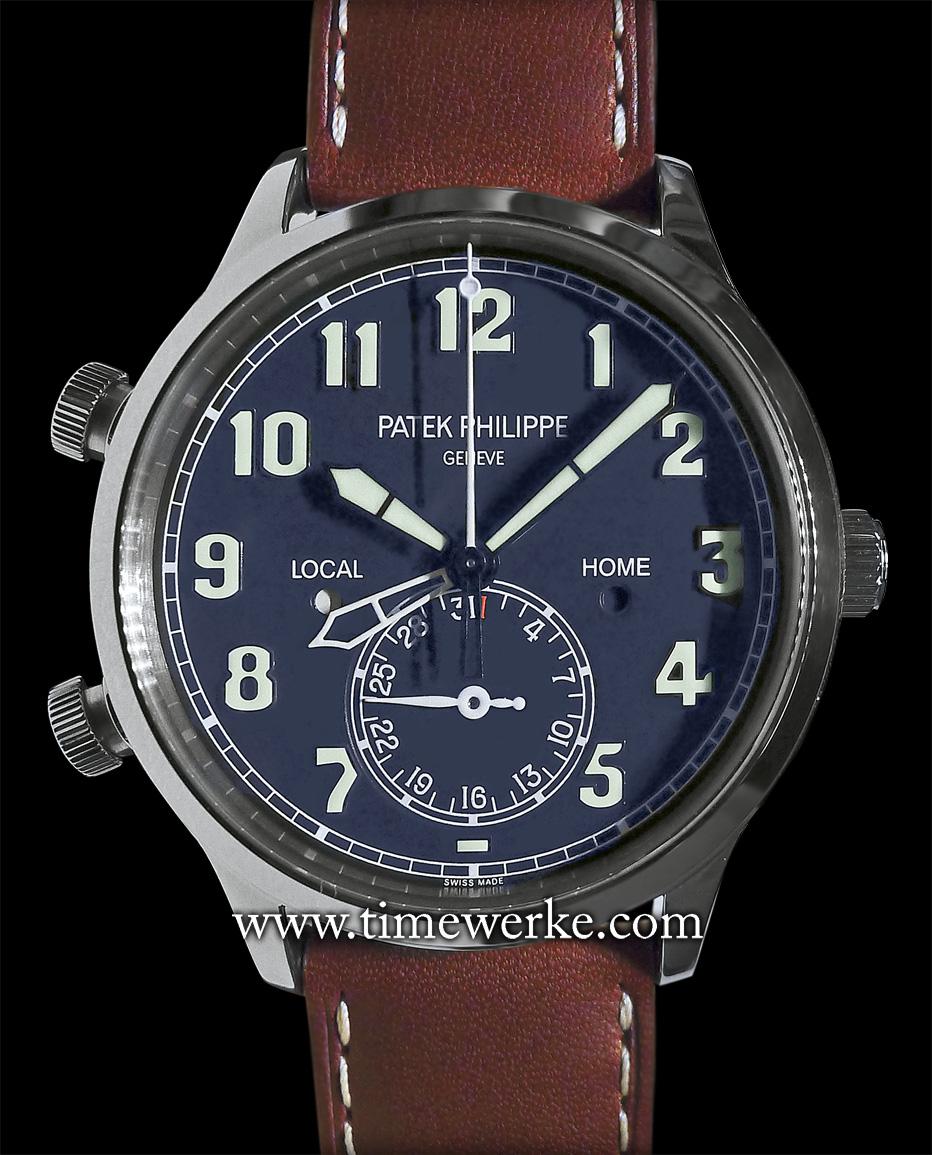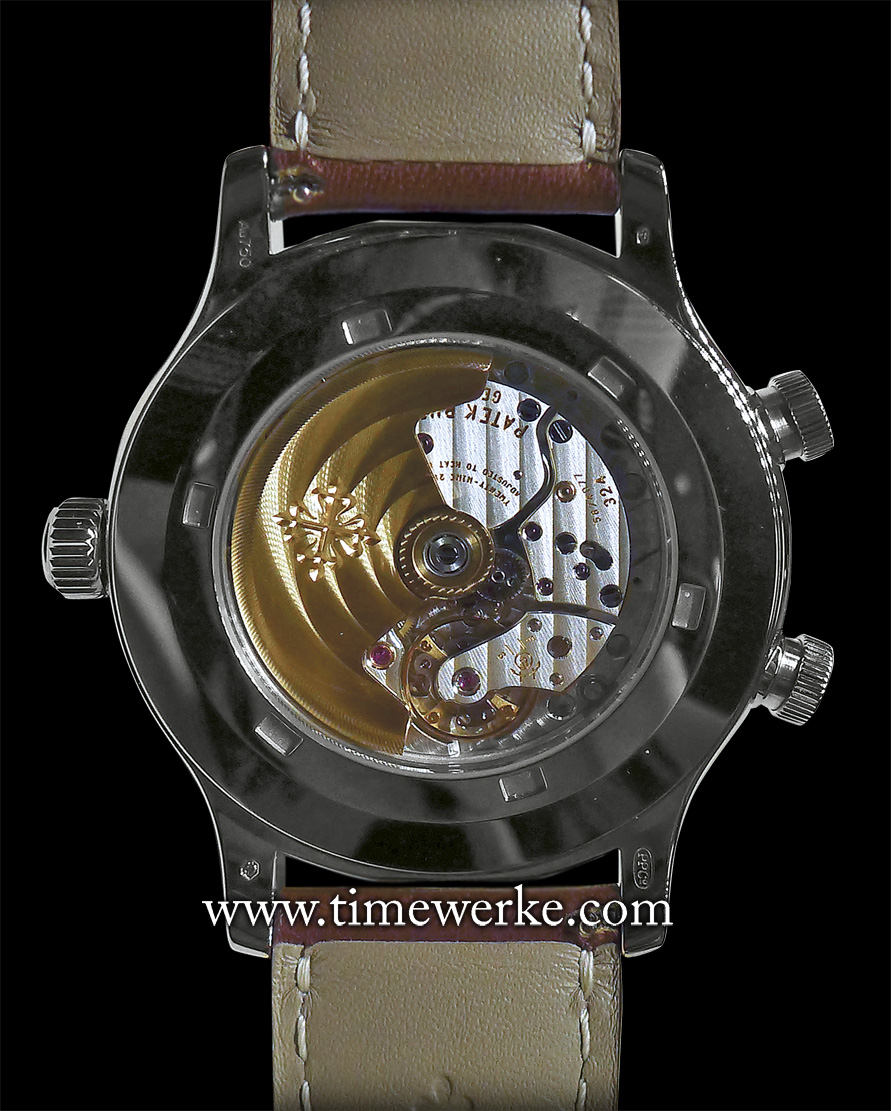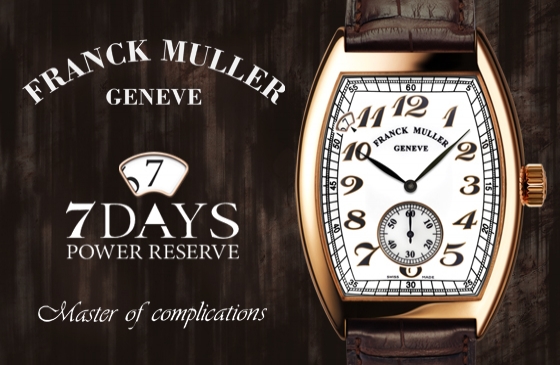
Patek Philippe Calatrava Pilot Travel Time Ref. 5524. Introduced at the 2015 BaselWorld annual watch fair. It features a blue-lacquered brass dial and is powered by the Calibre CH 324 S C FUS automatic movement housed in an 18K white gold case. Priced at around CHF42,000 / US$48,000 / MYR147,900 / SGD62,000. Prices are approximate and correct at the time of writing. Photo: © TANG Portfolio. Elfa / Timmy. 2015 BaselWorld
No, there is no typo in the name and our apologies to fans of Tom Hanks and movie buffs, we are not referring to the gripping 2013 movie “Captain Phillips” based on the true story, notably of the 2009 hijacking of the US-flagged MV Maersk Alabama by Somali pirates which was commanded by Captain Richard Phillips. Hollywood actor Tom Hanks played the role of Captain Phillips in this movie.
Rather, we are referring to United States Navy officer Captain Philip van Horn Weems (1889 to 1979) because this is one way to explain how Patek Philippe’s Calatrava Pilot Travel Time Ref. 5524 came to be.
It is said that in 1929, Captain Philip van Horn Weems registered his patent for a watch that complemented the chronometers on-board ships. It was known as the “Second Setting” watch. With time received from a radio signal, precision to the nearest second could be synchronized with a watch featuring a central rotating disc on the dial.
It is also said that Charles A. Lindbergh (1902 to 1974), famed for the world’s first solo flight from New York to Paris covering 5,809km in May 1927 flying in “The Spirit of St Louis”, together with Captain Philip van Horn Weems, designed the “Hour Angle” watch made by Longines-Wittnauer Watch Co for celestial navigation.
In the 1930s, Patek Philippe also developed its own Hour Angle timepieces which are also known as siderometer watches. Two such examples can be viewed at the Patek Philippe Museum in Geneva.
Back in those days, such Hour Angle watches had to be used together with a sextant, an almanac for the equation of time for every day of the year and a radio receiver for obtaining Greenwich Mean Time.
In 2015, Patek Philippe is revisiting its Pilot’s Watch with the Calatrava Pilot Travel Time Ref. 5524. This Ref. 5524 is a tribute to the pioneers of aviation and is symbolic of the aviation watches made by the brand in the past.

Case back of Patek Philippe’s Calatrava Pilot Travel Time Ref. 5524. The automatic movement bears the Patek Philippe Seal and this 42mm diameter case is water-resistant to 30m. Photo: © TANG Portfolio. Elfa / Timmy. 2015 BaselWorld
This pilot’s watch is not a re-edition of what Patek Philippe made in the 1930s; rather it is a modern wristwatch that is sporty and practical for travellers. Firstly, there is no need for any sextant or radio signal to rely on when using the functions on the Ref. 5524.
In addition to the local time (time at where you are at, for example, the country you are visiting), there is the home time (where you came from – for example, the country where you live in) which is represented by the skeletonised hour hand.
When you are not travelling, the home time hour hand can be “hidden away” behind the local time hour hand.
Day and night indicators are also provided for both home time and local time – via the apertures at the three and nine o’clock positions where blue is for night and white for day.
The calendar date pointer is at the six o’clock position.
Having the second time zone feature on the Calatrava Pilot Travel Time Ref. 5524 is apt because the Hour Angle watches of the 1930s were practical timekeeping instruments used by aviators to know their local time.
The sporty look of the Calatrava Pilot Travel Time Ref. 5524 is likely to appeal more to the younger crowd looking for a useful travel timepiece from a high-end reputable brand.
It will also be useful for professionals, not just pilots, aircrews or business executives but even seafarers like Captain Richard Phillips who have to traverse different time zones while keeping track of home time as communicating with their loved ones back home remain high on their priority lists.


